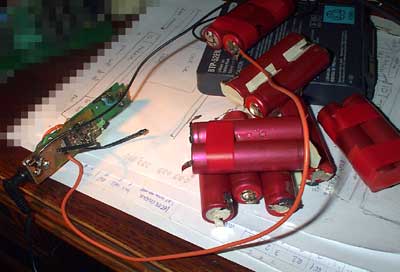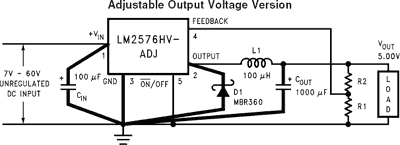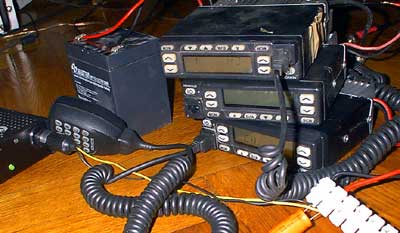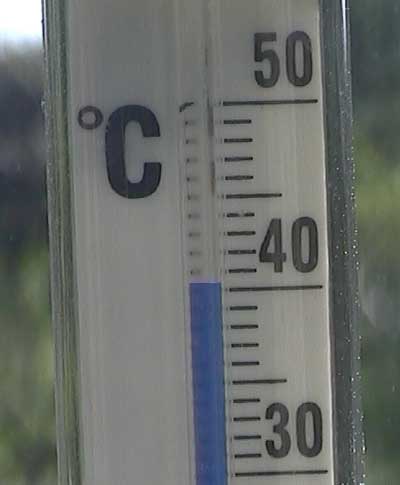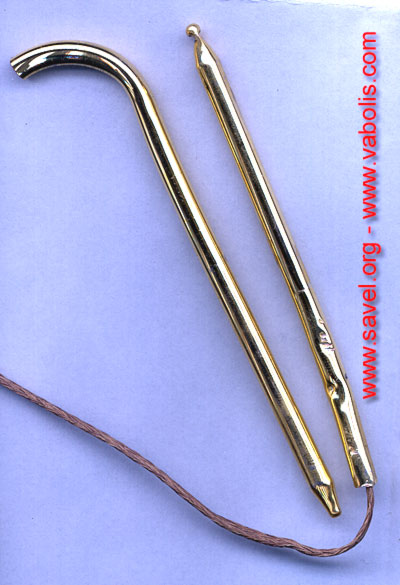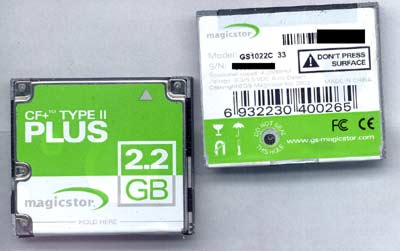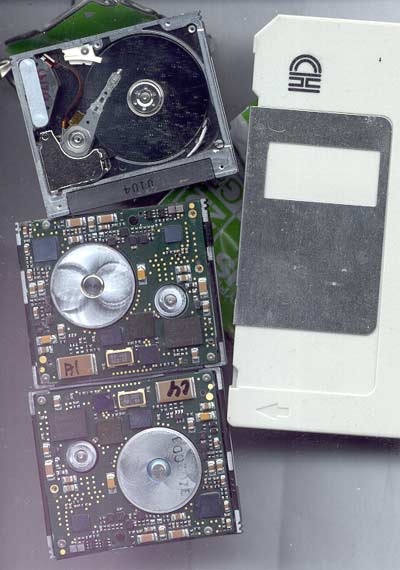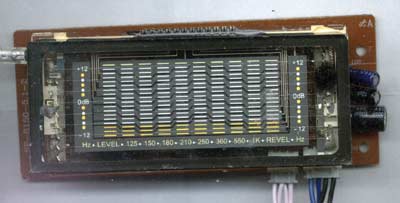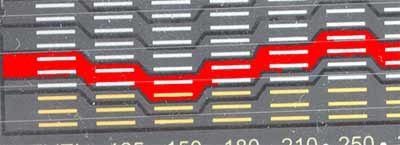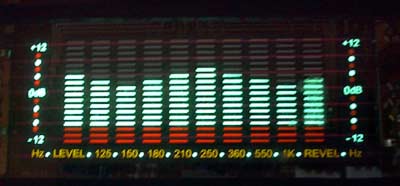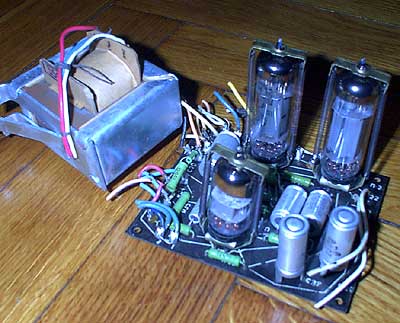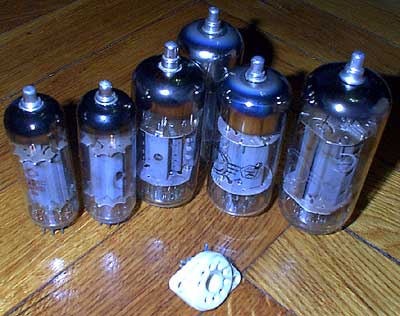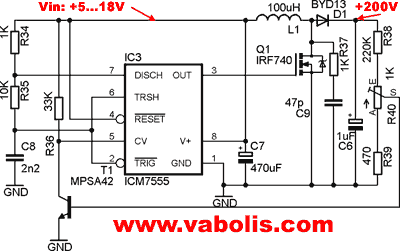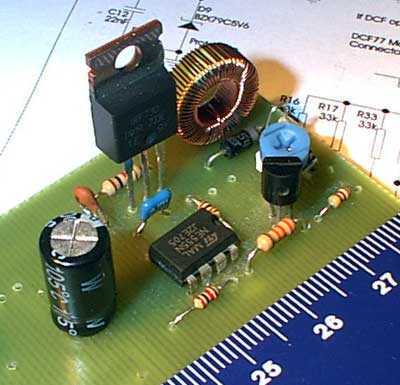Lithuanian only blog entry.
Abstract:
I decided to change front fenders for my car. As they are not original, I needed to try if they fit to the car. So one weekend was committed for car repair.
All you need is 3 spanners (wrenches) with metric size 8, 10 and 13. Also philips screwdriver and old blunt knife.

(please wait, it is 600kb animation)
First of all, remove grid with logo of the VW car. It is connected only with plastic retainers (fixers). Then, use wrench number 10 and remove bumper. Pull it to the front ant remove. Do not forget wires- disconnect them.
Now remove plastic protection under the fenders. They are screwed to the body of the car by several screws. Original are number 8, if repaired- then typically replaced with philips type.
Now you can remove the fenders. They are bolted to the body of the car with number 10 bolts and screws. 4 in the bottom and few on the top. One bolt is number 13- where capote is grounded, near antenna. If fender is original, it is glued to the body. Use knife here.

